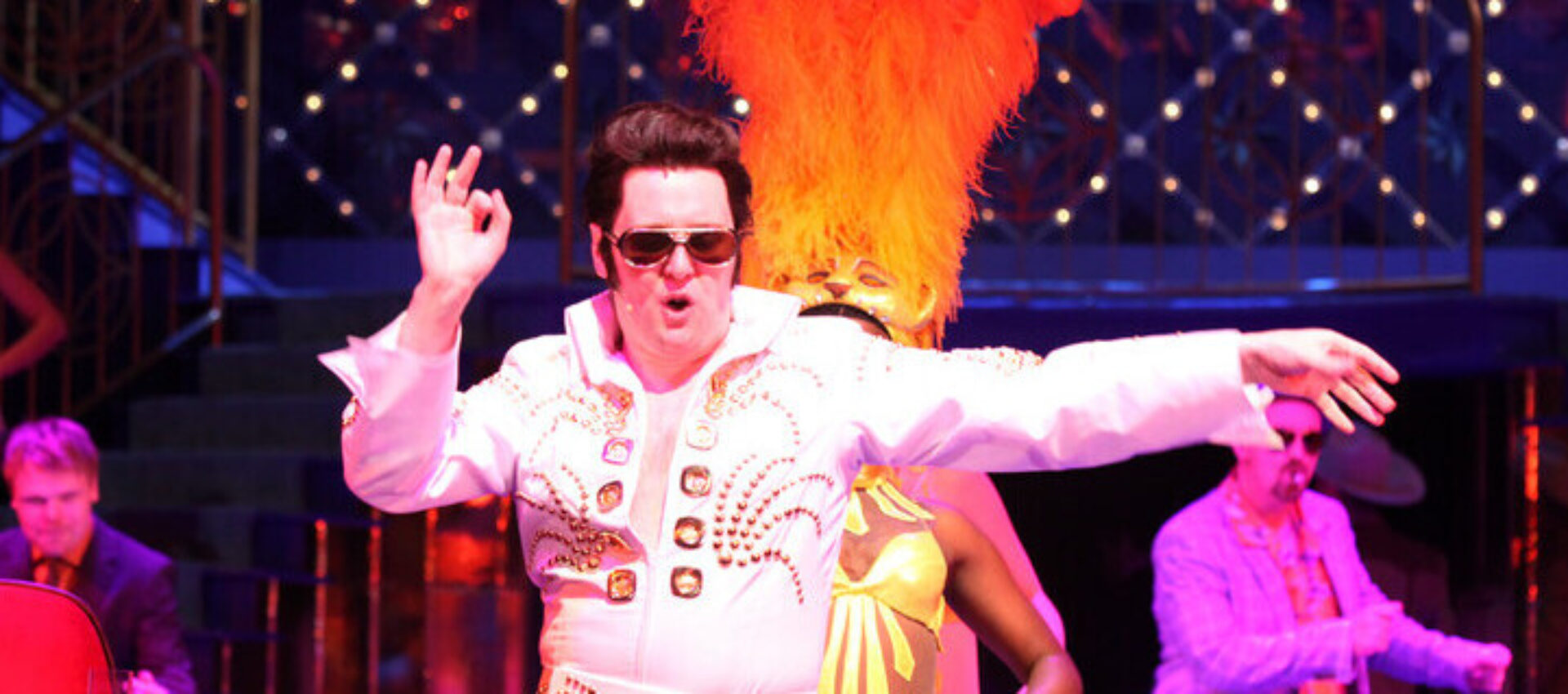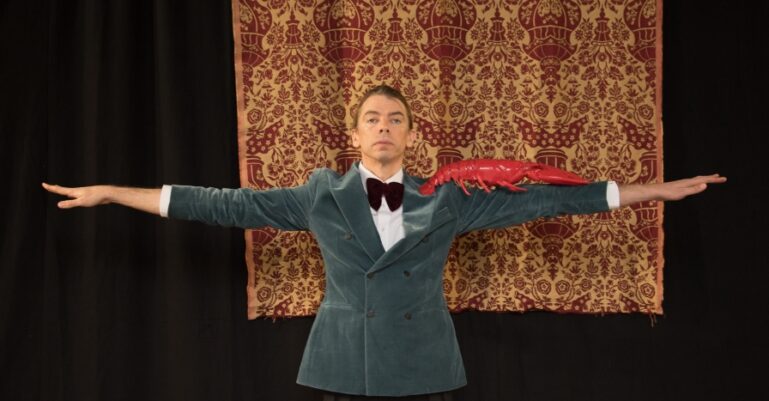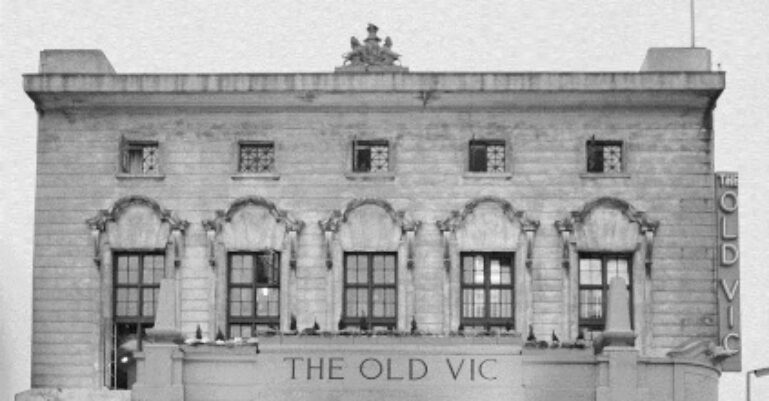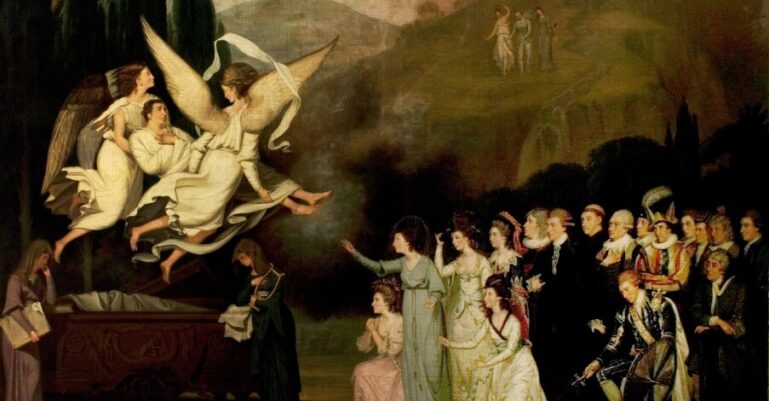Posted: Wednesday, February 8th, 2017
Tagged with:
Engagement
Object

Gallery
What connects our members’ collections? Here we put a spotlight on some of the curious themes that tie us together.




